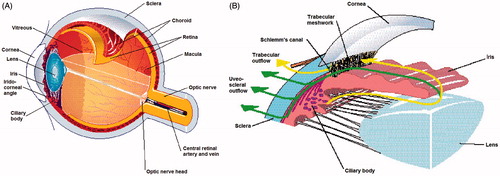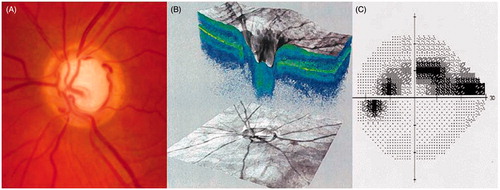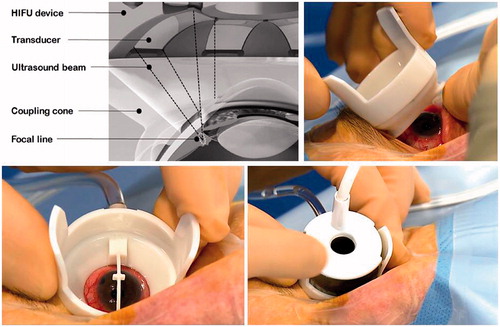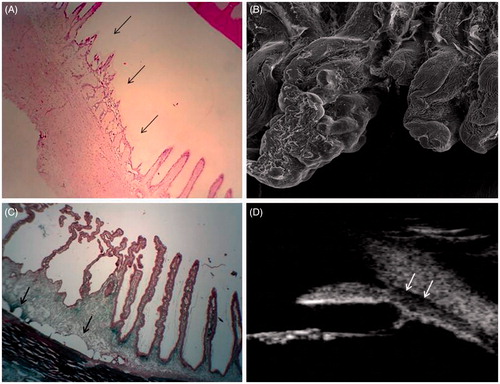Figures & data
Table 1. Efficacy of diode laser cyclophotocoagulation procedures.
Table 2. Complications of diode laser cyclophotocoagulation procedures.




